What is Mad Cow Disease?
Mad cow disease, scientifically referred to as bovine spongiform encepalopathy is an illness which can affect both cattle and humans. It attacks the nervous system, creating holes which eventually lead to death. Even though many different things are still not clear about this illness, we know that it is carried out by certain abnormal proteins which are found in the infected cattle. These proteins, called prions, are found in many parts of the infected cattle including spleen, spinal cord, bone marrow and lymph nodes.
There are certain theories that normal proteins are turned to prions by viral activity. Yet, this has not been proven to be completely true.
What Triggers Mad Cow Disease?
Cattle gets infected once it is fed by meat products made from other, infected, animals. Humans usually contract this disease through eating red meat, digesting the infected nerve tissues. Even though there are claims saying that it is possible, drinking milk or eating muscle tissue of infected animals has not been proven to lead to the mad cow disease. Nevertheless, many humans have been infected by this disease, regardless of the fact that they cooked the consumed meat properly. Moreover, vegetarians and other people who are unlikely to suffer from this illness have been infected too.
These occurrences lead to believing that the mad cow disease may be hereditary. Additionally, one might get infected through blood transfusion, organ transplantation or exposure to infected surgical instruments. Luckily, this condition cannot be transferred from one human being to another, not even through sexual intercourse.
The worst thing about this disease is that the symptoms do not show timely. Rather, a person may be infected for more than 2 years before the first signs occur.
Signs of Mad Cow Disease
Cattle infected by this disease has trouble standing and walking due to abnormalities in their muscle coordination. Behavior and personality may be altered as well. Inexplainable weight loss, regardless of proper nutrition, can be an additional sign. Finally, decrease in milk production may indicate that the animal may be suffering from mad cow disease.
As for humans, depression, anxiety and insomnia are the first signs. An individual may seem to lack concentration all of the time and act confused. Muscle spasms, changes in personality and painful muscle contractions add on to the list.
Once the disease is left untreated, the symptoms get worse. Vision and memory get severely affected and a person experiences a significant decrease in muscle coordination. Forgetfulness regarding people, places and memories can take place as well, along with tingling sensations in limbs and the face.
Final stage of the mad cow disease manifests through severe dementia, accompanied by extremely weak muscle functions, as well as mental performance.
Since there is no cure for this disease so far, it is best to keep yourself safe by switching to consumption of fish and poultry or becoming a complete vegetarian. Nevertheless, upon noticing the symptoms, one is best to seek medical attention immediately.



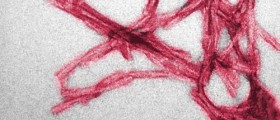




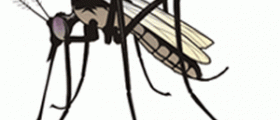

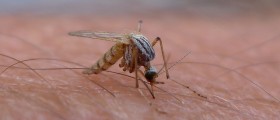

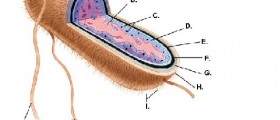
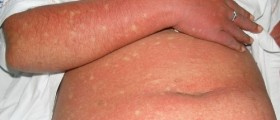

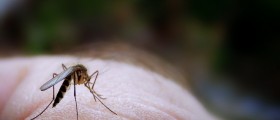

Your thoughts on this
Loading...